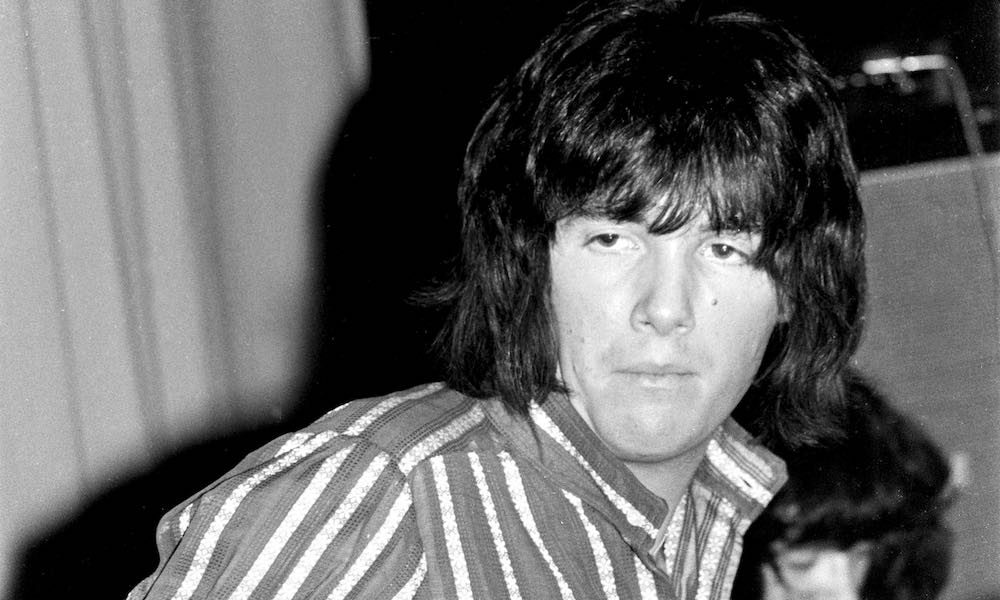Mk I Bassist: Deep Purple Co-Founder Nick Simper
In recognition of a man who was a key ingredient in the early emergence of a British rock institution.

He doesn’t always get the recognition he deserves, but Nick Simper was a key ingredient in the early emergence of Deep Purple.
The bassist in the Mk I version of the group, he played on their first three albums, yet despite his important role, was overlooked when Purple were inducted into the Rock and Roll Hall of Fame in 2016. But he bore no ill will, telling TeamRock: “It’s not as if I need to be given this award to know what we did in Deep Purple made an impact. And I’m sure it wasn’t a decision that came from the band.”
Simper was on such early notable Purple songs as “Hush,” “Kentucky Woman,” and one of his several co-writes with the band, “Wring That Neck.” After his departure, he founded the UK rock band Warhorse, who made two albums for Vertigo, a self-titled 1970 set and 1972’s Red Sea. He also made LPs with another of his bands, Fandango, in the late 1970s and early 80s.
A brush with death
Simper was born on November 3, 1945, and after serving his apprenticeship with such bands as the Renegades and Some Other Guys, he became a member of Johnny Kidd and the Pirates. In fact, he had an all-too-close connection to the tragedy that ended the story of the great English rock’n’roller.
As Kidd prepared to mount a comeback, a car in which he and Simper were travelling was involved in a crash in which Nick was injured, but Johnny was killed. Simper went on to perform at the tenth anniversary memorial show for Kidd, marking a decade since his death, in 1976.
Simper had known Jon Lord in 1967 when the bass player was a member of the Garden, who backed the Flowerpot Men, of whom Lord was a member before the two joined forces in the early Purple. When Lord died in the summer of 2012, Simper posted a moving tribute to him on the latter’s website, which described how they came to be part of the new band.
“It was Jon who talked me into leaving this money-spinning outfit [the Flowerpot Men] to create a new band,” he wrote. “Together with Ritchie Blackmore, and briefly, Bobby Woodman, we sowed the seeds that became Deep Purple. Jon and I hit it off from the first day that we worked together, and for the next two years we lived together, firstly at my parents’ home, then at Deeves Hall, and finally sharing a room at the Deep Purple house in Acton, West London. On tour, we always roomed together, and life was one big round of fun! He called me his best friend, and I thought of him as the brother that I never had.”
A sad implosion
In an interview with rockpages.gr, Simper mused of Purple’s early incarnation: “We all had different points of view of how the band should go and how the band should be run, what agents we should have and sadly the whole thing imploded. I think if it had been given the chance, if that line up had been given the chance to relax a little bit, if we had had the same opportunities like the Mk II lineup had, I think we would have surprised everybody.”
Simper marked his return to recording in 2015 with a new album with his band Nasty Habits, De La Frog Conspiracy. Nasty Habits continued to gig from time to time, including shows in spring 2019 in Austria, much appreciated by those who know Simper’s role in Britain’s rock heritage. Read more about his life and times at his highly informative website.
Listen to the Rock Icons playlist.













J.-P. Marquis
November 4, 2014 at 3:20 pm
Remen^ber Montreux, 1978 ??? Happy Birthday…